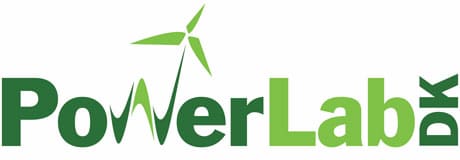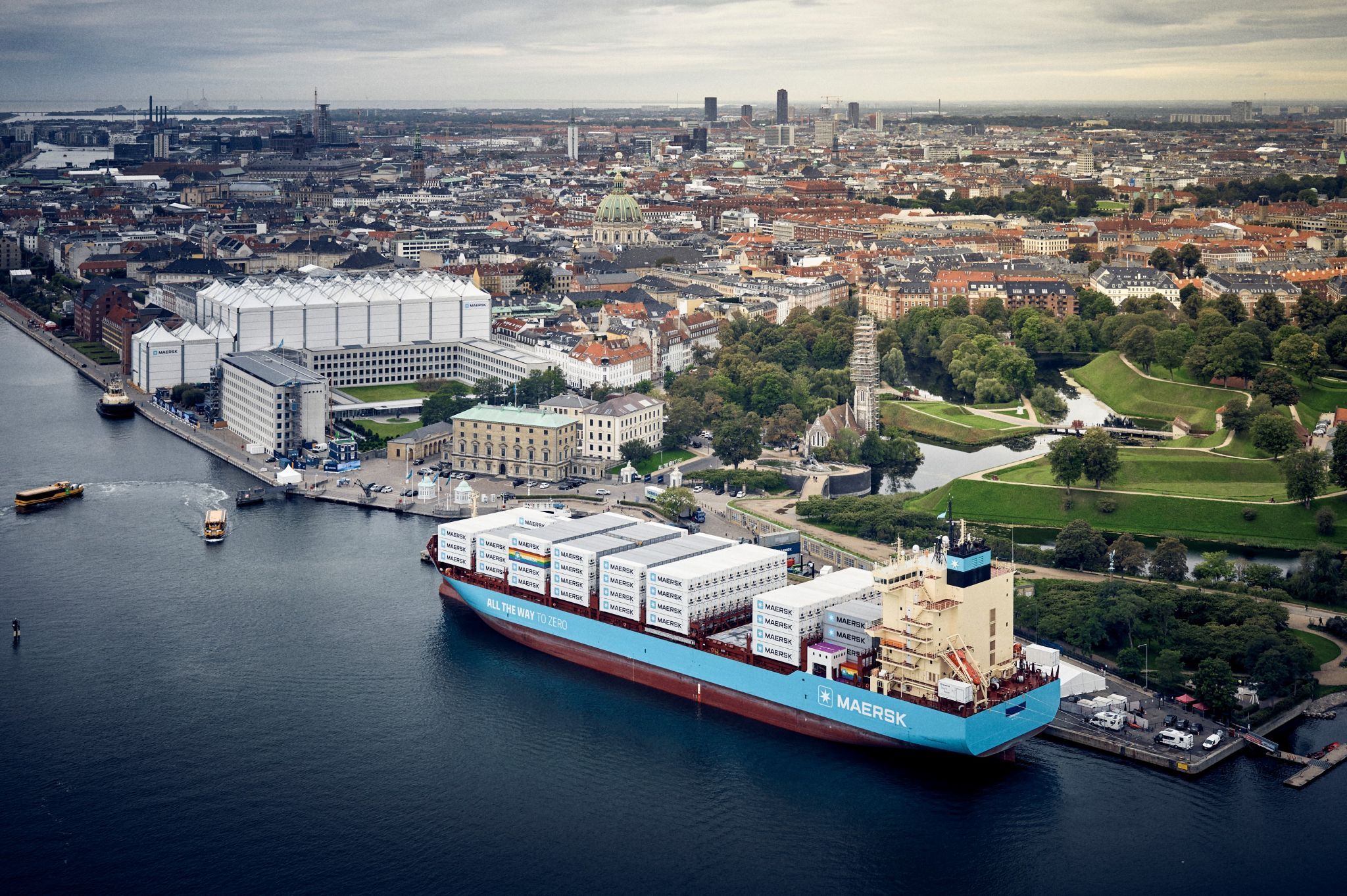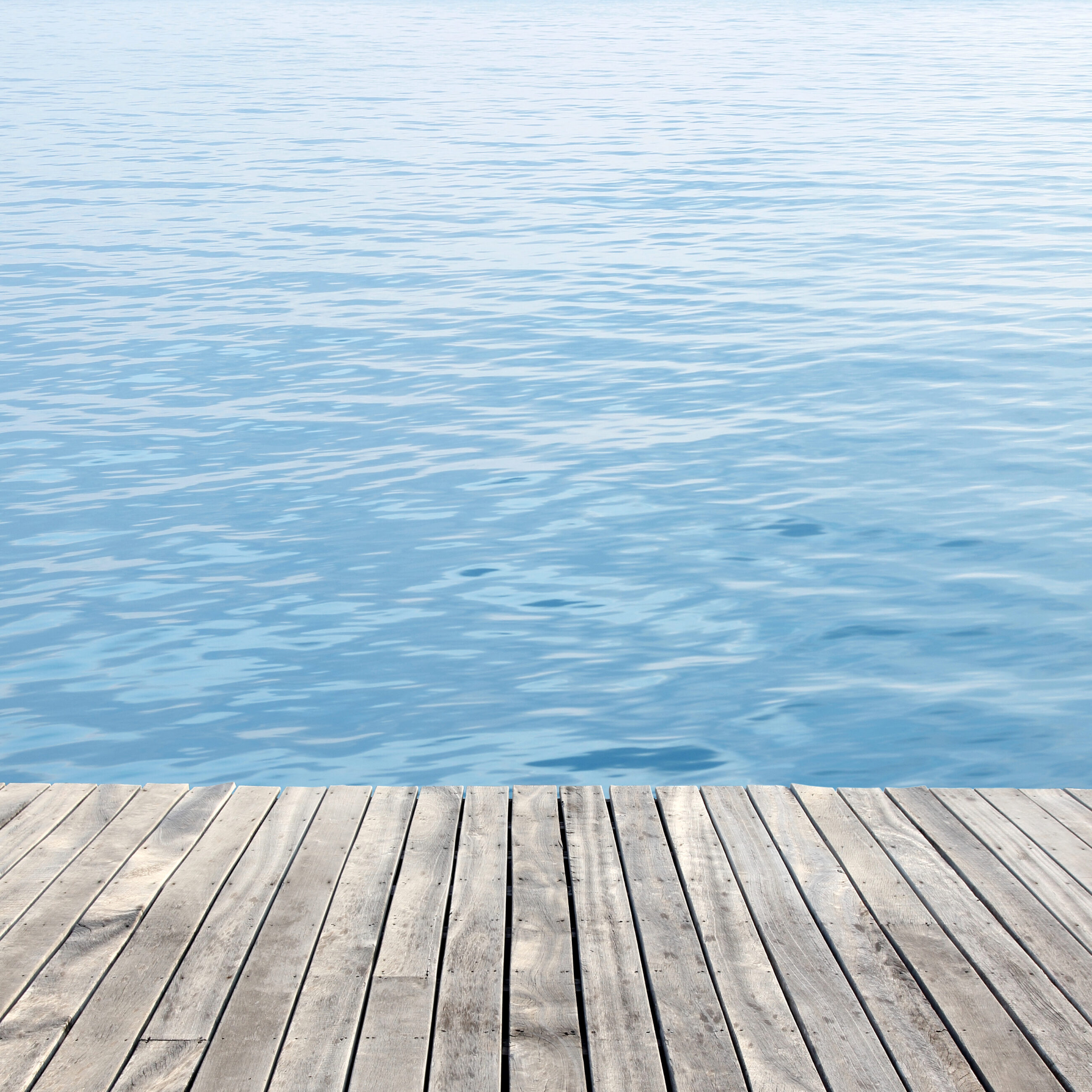News
Energy storage
Living labs
Smart energy systems
+4
DTU collaboration with China could save thousands of tonnes of carbon emissions


The EPIMES project, which within the next three years will pave the way for more wind power in the Danish and Chinese electricity grids, is being launched today.
Danish research has made huge strides with the integration of wind power in the electricity grid. At the same time, wind turbines are being constructed on a vast scale in north, east, and western China. In fact, China now has more installed wind power capacity than any other country in the world. It is necessary to find out how to exploit this wind energy to the full.
This has opened up the possibility of a collaboration between DTU Electrical Engineering, Tsinghua University, the Chinese equivalent of the Danish Energy Agency, China’s biggest energy company as well as Beijing’s local energy utility, explains Henrik Bindner, a senior scientist at DTU Electrical Engineering and project manager for the Danish part of the project.
“Converting 30 per cent of China’s electricity production to wind energy by 2030 will reduce the global carbon footprint by 1.1 gigatonnes a year. This corresponds to 3 per cent of the world’s total carbon emissions i 2014,” he says, and explains that the collaboration is giving DTU’s researchers a unique opportunity to test their models on a very big scale:
“We expect to gain far more insight into and several tools for explaining how we can reshape and store wind power as gas and heating in Denmark.”
New energy system
In Denmark, DTU Electrical Engineering is responsible for the method and concept development. In other words, mapping solutions to the challenges associated with having a large and growing share of energy from a multitude of isolated energy sources (wind turbines) which must function together in the electricity grid instead of all the energy coming from big centralized power stations.
“One challenge thrown up by the transition to green energy is ensuring stability in the electricity grid so that electricity consumers—in a worst-case scenario—are not left without power in their sockets. Another is making sure to use energy from wind in the best possible way, for example by storing surplus energy after converting it to gas or heat,” says Henrik Bindner.
In addition, DTU Electrical Engineering must deliver a solution for how to best control the interplay between the electricity grid, the gas system and the heating system under difficult conditions to achieve an effective ‘multi-energy system’.
China builds prototypes
China on the other hand will study how the individual components, such as heat pumps and fuel cells, can be controlled so that the conversion to gas and heating is as smooth as possible, and so that the wind energy is used as efficiently as possible in the multi-energy system, the project manager explains.
Moreover, the Chinese will be building prototypes for both the gas and heating systems. The prototypes and their interaction with the electricity grid must be tested, and the results demonstrated. Finally, guidelines will be drawn up for how China can implement the new and innovative energy system. Practical experience gleaned from the project will be of huge benefit for Denmark.
“What is unique about this project is that we can test the solution in real-life situations. In so doing, we will find out how good our models are in practice, how close we are to storing wind energy as gas and heating in Denmark, and how we can do it in the best possible way,” says Henrik Bindner.
The EPIMES project partners:
- DTU Electrical Engineering—Center for Electric Power and Energy (CEE) and Electronics (ELE).
- Tsinghua University (THU)—one of the C9 elite universities, corresponding to the Ivy League universities in the USA.
- NICE— National Institute of Clean and Low-carbon Energy, the research centre under the China Shenhua Energy Company Limited, which is China’s biggest energy company (primarily coal production).
- SGCC-BJ—the local energy utility in Beijing
- CNREC-ERI-NDRC, think-tank and research institute which advises the Chinese equivalent of the Danish Energy Agency.
Official project title: (EPIMES) 'Enhancing wind power integration through optimal use of cross-sectoral Flexibility in an integrated multi-energy system'.
Contact: Henrik W. Bindner
DTU Electrical Engineering
You should consider reading
publications
Resource efficient production
+15















